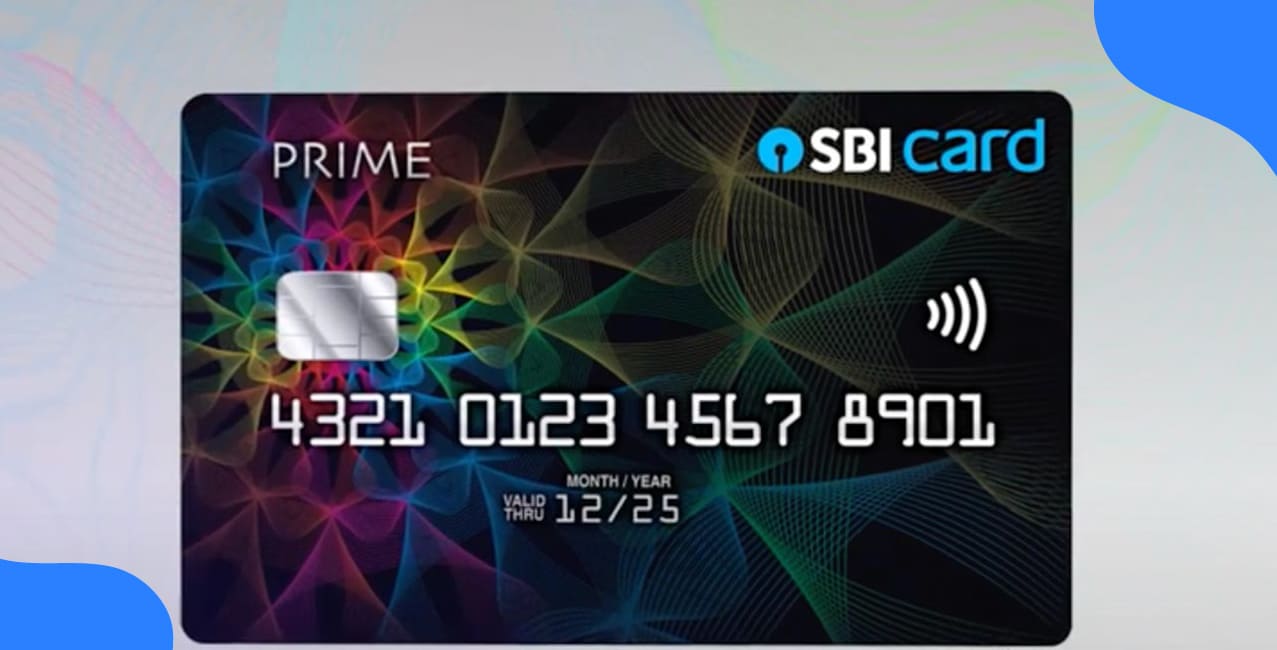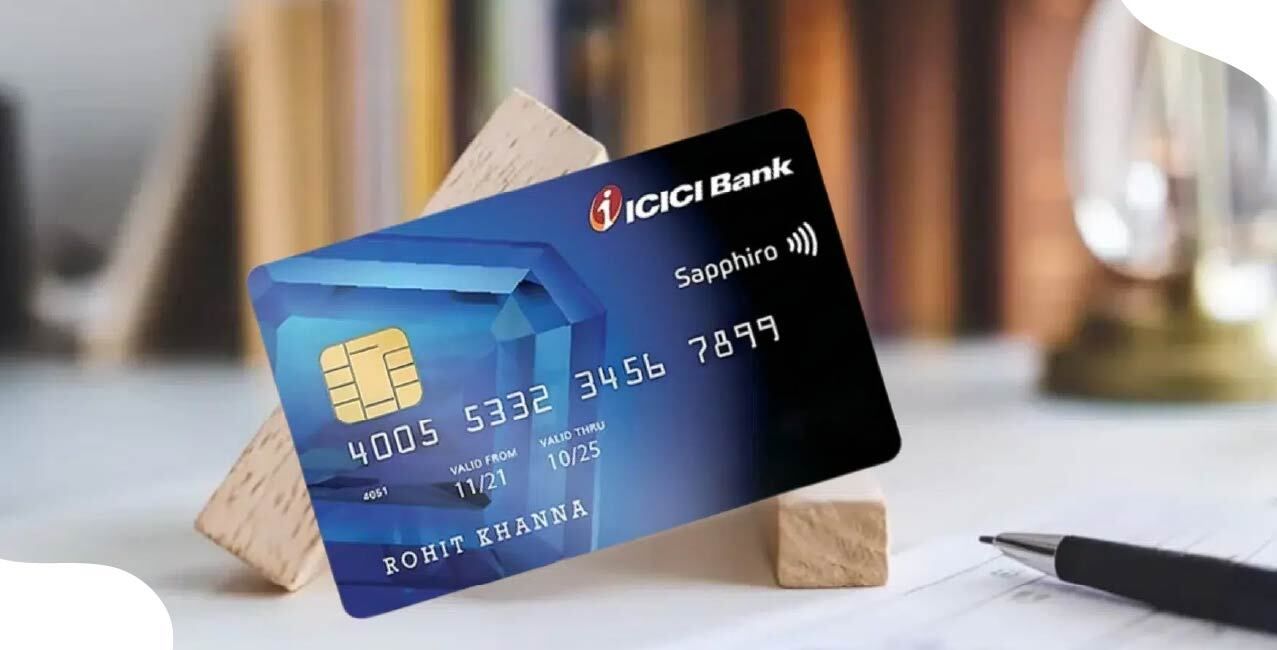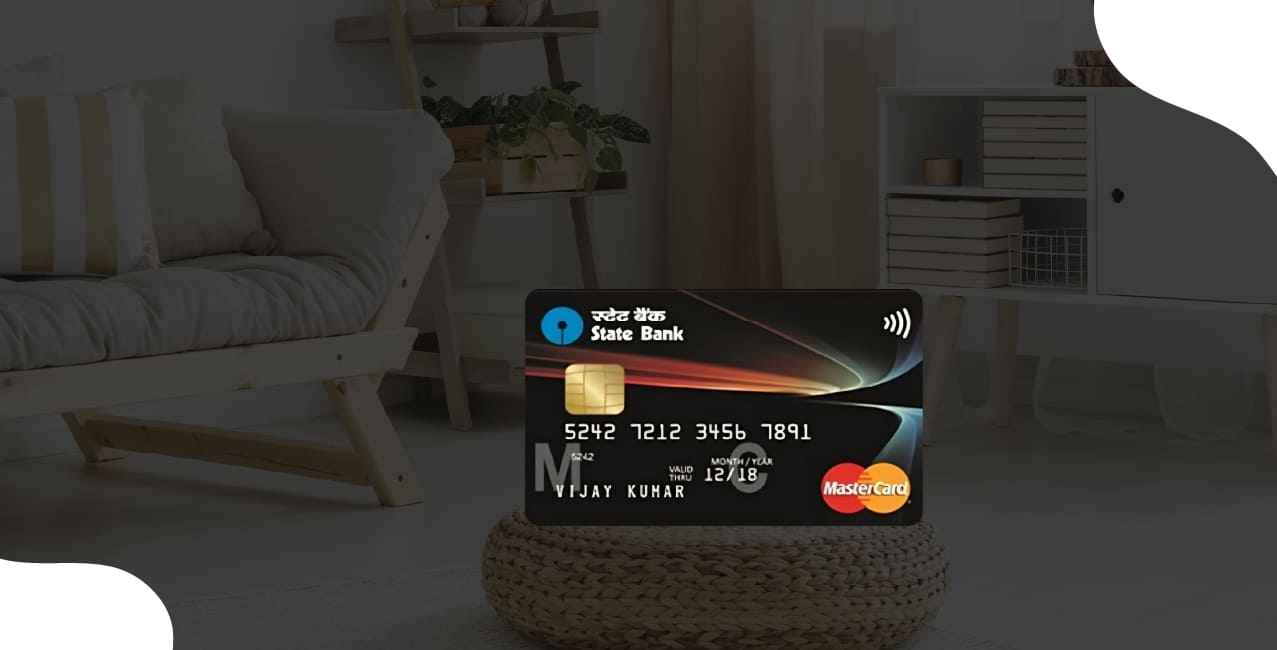
Author
LoansJagat Team
Read Time
10 Min
24 Jun 2025
How to Pay a Credit Card Bill?
Saurabh always used his debit card without any rewards. Curious about the benefits, he contacted his bank. They suggested a credit card, assuring him that the cashback earned would outweigh any interest charged.
Let’s see his list of payments from his credit card:
- ₹ 3,500 for dining
- ₹ 25,000 textile purchase from branded showrooms.
Now the total transaction amount is ₹ 28,500, for which he may pay 3.5% interest, i.e., nearly ₹ 1000, with processing fees. But he has special discount offers on his select spending categories:
- For every ₹ 100 transaction, he is eligible to get 50 % off in partnered showrooms.
- Suppose he purchases a product worth ₹ 4,500, he pays only ₹ 2,250.
- So the interest amount (₹ 1,000) is less than the discount amount (₹ 2,250), which means Saurabh gains money here.
This blog enlightens you on various ways to pay a credit card bill.
Credit Card – A Brief Introduction
A credit card can be a great help during financial stress, letting users shop now and pay later. With his sister’s wedding next month, Saurabh expects expenses over ₹1,00,000 on clothes and cosmetics.
To manage better, he opts for a co-branded credit card offering 10% cashback, discounts, and deals, making his spending smarter and easing the financial load.
Let’s see his transactions:
- One Art Silk Branded Bridal Lehenga is ₹ 45,000.
- But he pays ₹ 33,750 for it from his co-branded credit card.
- Because there is a 25% special discount for the purchases (₹ 33,750 (₹ 45,000-₹11,250 (25%)).
- He gets 10% cashback of ₹ 3,375.
- After shopping, he takes his family to a credit card-partnered restaurant and avails a 50% discount on his dining bill.
How the Billing Cycle Works?
All the banks and financial institutions have a billing cycle of 30 days for a cardholder. It incorporates a starting date and ending date. On these specific dates, all the transactions conducted through credit cards are recorded.
Example: Let’s consider the credit card billing cycle for the financial month of May 22 – June 21. The billing commences from May 22.
Consider the following transactions on this billing cycle:
- May 25 - ₹ 2,500
- May 30 - ₹ 6,200
- June 15 - ₹ 1,500
At the end of the billing cycle, i.e June 21, the bank would have consolidated all the transactions, such as ₹ 2,500 + ₹ 6,200 + ₹ 1,500, which totals around ₹ 10,200. The credit card issuer expects the cardholder to pay the amount of ₹ 10,200 on a specific date.
Assume that the credit amount needs to be paid before July 05.
- The cardholder needs to pay ₹ 10,200 by the due date, July 05, of the financial period of May 22 – June 21. This repayment incurs no interest charges, which is otherwise known as the grace period.
- In case he or she fails, the cardholder incurs late payment fees.
- Suppose the cardholder pays below ₹ 10,200, then banks charge an interest rate on the outstanding dues.
- The interest amount can also accrue on new transactions.
Why is it Important to pay the Bill on Time?
Saurabh understands the purchasing power of credit cards and its working nature of the billing cycle. However, he needs to understand the following factors as a credit card applicant.
Avoidance of Late Payment:
Saurabh should pay all of his credit card bills before the due date. All late payments incur penalty charges.
- Last month, he failed to repay the amount of ₹ 36,500.
- The late payment charge is 4.5%
- He ended up paying ₹38,142.5
Credit Score Maintenance: It is essential to maintain the credit score to avoid remarks on the credit history and credit report of a bank account. Therefore, the applicants for the credit card should pay all of their dues on time.
- Saurabh’s credit score is above 750, which is considered to be excellent.
- He maintains 30% below of cash utilisation.
High Interest Rates: Any due amount or the total outstanding amount of a certain billing cycle accrues higher interest rates.
- The higher interest rate that Saurabh faced was 5%.
Credit Utilisation Ratio: The credit cardholder needs to maintain the credit utilisation ratio. All the financial institutions consider the 30% below of a credit amount as a good credit utilisation ratio. If the ratio is above 30%, it can impact the credit score of the credit cardholder.
- Saurabh's credit card limit is ₹ 3,00,000.
- Outstanding due is ₹ 85,236
- So total credit utilisation ratio is 28% ((₹ 85,236/₹ 3,00,000)*100)
Methods to Pay Credit Card Bill
Today, the payment of credit card bills has become easier and convenient. Salaried individuals like Saurabh can pay their credit dues in their comfort zone by the following methods:
1. Internet Banking
This is the easiest method to pay the credit card bill. The distinctive feature of this method is that the cardholder can pay at any time, by using his or her credentials. The following steps help to navigate the payment of credit card bills:
Step 1: Log on to the official website of internet banking.
Step 2: Use the secret credentials to log into the internet banking portal.
Step 3: Navigate to the credit card section. Sometimes, there can be options like “Funds Transfer” or “Payments.”
Step 4: Before completing the payment procedures, the bank server asks the cardholder to register his or her credit card.
Step 5: After the registration process, complete the transaction.
Example: Saurabh has a savings account in another private bank. He can now log into the internet banking portal and should add his newly acquired credit card as the new beneficiary. Now he can transfer the amount from his savings account to his credit card
account for the payment of dues.
Pros: All the payment processes are safe, secure, and convenient.
Cons: One must compulsorily have an internet banking account of their own.
2. NEFT Payment
Abbreviated as National Electronics Funds Transfer (NEFT), the dues of a credit card bill can be paid in a day, without any delay. This process can be conducted in a comfortable zone via internet banking. The following steps need to be adhered to conduct the NEFT payment process:
Step 1: Log on to the official website of the internet banking.
Step 2: Use the allotted secret credentials to log into the internet banking portal.
Step 3: Click on the option “Funds Transfer.”
Step 4: In the beneficiary section, add the credit card details.
Step 5: Initiate the NEFT transfer for the credit card bills.
Note: In the beneficiary section, ensure to add the details of the account number, IFSC code, bank name, and branch name.
Tips for Seamless Transactions
- Make sure to have an active internet banking account.
- Check for a seamless internet connection.
- Have patience to make the NEFT payment successfully. Because the completion of the beneficiary needs to be verified from the
- bank’s server. It may more such as five hours to one day. After that, the payment can be made immediately.
Example: Saurabh can pay the credit card bills via the NEFT method, after adding the details of his credit card as a beneficiary in his internet banking portal.
Pros: The process of NEFT is easier and seamless.
Cons: The verification of adding a beneficiary to the internet banking portal may take a long time, such as adding details like account number, IFSC code and others.
3. Unified Payment Interface (UPI)
The payment of credit card bills has been made easier since the inception of this UPI method. One should have a UPI application, along with an internet connection. The account holder needs to add the details of their credit as a beneficiary in their respective UPI app.
Step 1: Log in to the respective UPI app.
Step 2: Navigate to the options like “Pay Bills” or “Bill Payment” and select it.
Step 3: In the next interface, select the option “Credit Cards.”
Step 4: The UPI app will show the credit card issuers of all the banks. Select the respective bank which needs to be added as a beneficiary.
Step 5: Add the details of the credit card, and initiate payment for the credit card dues.
Disclaimer: All the UPI applications have unique options of their own to conduct the payment for credit card dues.
Example: Saurabh can follow the above-mentioned steps to pay his credit card dues via private UPI apps like Google Pay.
Pros: UPI apps can be easily accessed for payments at any time.
Cons: Some of the credit cards are not listed in certain UPI apps.
4. Cheque Payment Method
This is also the easiest as well as traditional way of paying the credit card dues. Those who opt for this method should have a cheque leaf of their own, by engraving their account number, name, and other bank details.
Procedures for Cheque Payment
Step 1: The accountholder must draft a cheque under the issuer’s name.
Step 2: The credit card number and its details need to be written on the back of the cheque leaf.
Step 3: After drafting the cheque, the accountholder can drop into their bank’s cheque issuance box or submit it to the bank staff personnel.
Pros: The account holder does not require any online access to pay through this method.
Cons: The banks may delay the process of clearing the cheques. At such a time, the credit cardholder may miss his or her dues at the required time.
5. Auto Debitac
An easy method for salaried individuals like Saurabh. This is because, whatever the outstanding dues one has on their credit card, the bank will simply debit from their respective bank account. However, for this procedure, one needs to furnish their bank details and should specify the amount, time, and date to have seamless bank transactions.
Procedures for Auto Debit
Step 1: The credit cardholder should inform either the issuer of the credit card or his or her bank staff member about the credit dues that need to be paid.
Step 2: All the details related to the amount due, date, and time must be specified clearly.
Step 3: The credit cardholder should link his or her bank account for the automatic debit.
Example: Saurabh can easily link his salary account to pay his credit card dues. He avoids linking his savings account, as he wants to save more money for his future financial plans.
Pros: This method ensures timely payment of all the dues of credit card dues.
Cons: The account holder must always ensure sufficient funds in his or her bank account for this method.
Conclusion
After navigating to the above-mentioned methods, Saurabh realises that paying the dues of the credit card is easier. He finds that a credit card empowers him to purchase all the goods and services immediately, without waiting for the accumulation of his savings to buy them. He can choose any of these methods to align with his preferences for timely payments.
FAQs
1. Are payments conducted via internet banking safe?
All the payments conducted via internet banking are safe.
2. Who should opt for credit cards?
Anyone who requires money can opt for credit cards. But its dues have to be paid without any delay.
3. Does the UPI app provide all the issuers of credit cards?
It cannot be said that a UPI app provides all the issuers of credit cards. However, a user can add beneficiaries manually.
4. At what time should one pay their credit card dues?
A credit cardholder is required to pay his or her dues before the end of the new billing cycle.
5. Are there penalty charges for late payments of the dues?
Yes, there are penalty charges for late payments of the dues.
About the Author

LoansJagat Team
‘Simplify Finance for Everyone.’ This is the common goal of our team, as we try to explain any topic with relatable examples. From personal to business finance, managing EMIs to becoming debt-free, we do extensive research on each and every parameter, so you don’t have to. Scroll up and have a look at what 15+ years of experience in the BFSI sector looks like.

Quick Apply Loan
Subscribe Now
Related Blog Post


